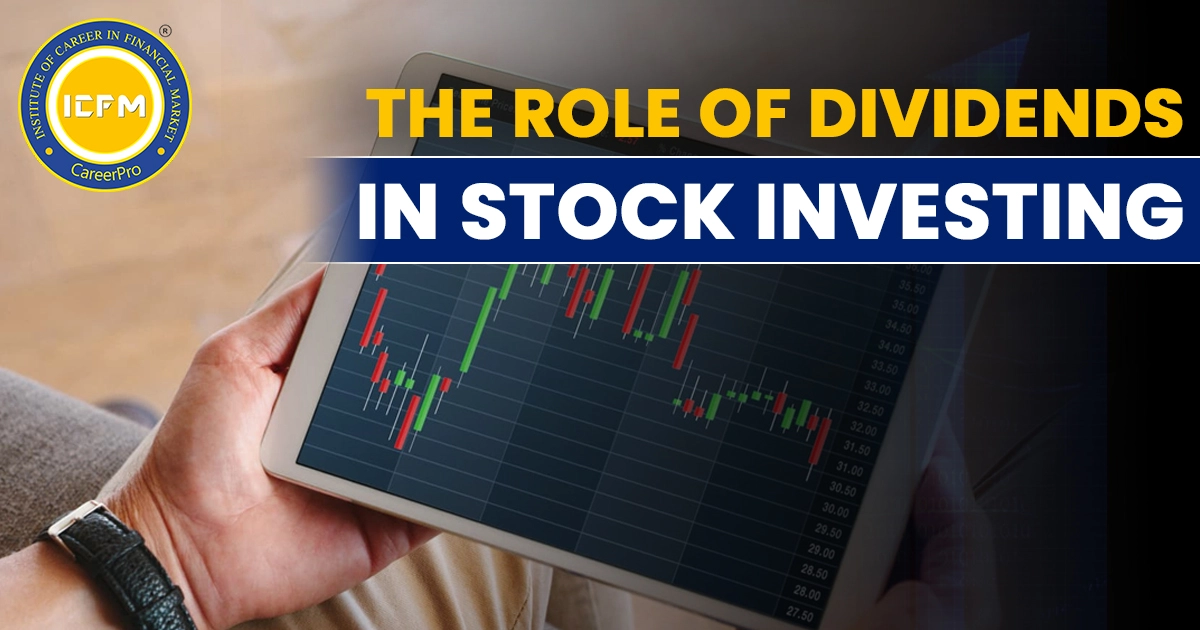In the case of stock investors, dividends not only
provide a regular income stream but also represent an indicator of good
financial health and stability of a company. On growing and earning profits,
companies normally return part of those profits to shareholders in the form of
dividends. Only when one properly understands what dividends are and how they
fit as a component into an investment strategy can an investor be better
positioned to make informed decisions toward the attainment of financial goals.
What are Dividends?
Dividends are various distributions made by a
corporation to its many shareholders, mostly in terms of cash or more shares of
stock. They are mainly distributed at regular time intervals, usually quarterly
or annually. The amount that is normally paid is determined by the board of directors
in the company and usually comprises some portion of the earnings of the
company.
Types of dividends
1.
Cash Dividends: This is probably the most common type of
dividend payment to shareholders.
2.
Stock Dividends: Shareholders get additional shares of the
company's stock instead of getting cash in this scenario.
3.
Special Dividends: These represent one-time payments,
separated from regular dividend schedules and usually arising out of
exceptional earnings or events.
4.
Preferred Dividends: In a case like this, preferred
shareholders have priority over common shareholders during the time of dividend
payment.
Why Companies Pay Dividends
Companies distribute dividends due to a number of
reasons:
1. Attracting Investors: A stock that generates regular
dividends may become more attractive to investors, specifically those seeking
income.
2.
Signaling Financial Health: Consistent dividend payments help
add an indicator to signal to the market that a company is capable of keeping
itself financially sound and has confidence in earning additional income in the
future.
3.
Distributing Excess Cash: Firms that have an overabundance of
cash may find it appropriate to distribute some of the extra cash rather than
reinvesting the money in the business. Advantages of Dividends to Investors
1.
Income stream: Many retirees and a lot of passive income
contemporary investors find a regular income stream in dividends very
instrumental.
2.
Reinvestment opportunities: Over time, it is possible to compound
returns by the reinvestment of dividends considering these dividends that are
reinvested will generate their earnings.
3.
Total return enhancement: Dividends enhance the total return,
especially in a flat or declining market where these capital gains are limited.
4.
Decreased Volatility: Dividend stocks generally have minimized
price volatility compared with non-dividend stocks, creating a cushion if the
market swings downward.
How to Assess Dividend Stocks
While considering investment in dividend stocks, there
are a couple of important metrics that an investor should look at:
1.
Dividend Yield: This is the ratio or percentage of the
yearly dividend against the rate of the stock. The higher it is, the better the
return the investor will get on his or her investment in dividends.
2.
Payout Ratio: It is the proportion of earnings that are
paid to shareholders of a company in form of dividends. A lower payout ratio
may indicate that the firm saves more for its growth; a very high ratio may
indicate problems in its sustainability.
3.
Dividend Growth Rate: It is an annualized percentage rate of
change in dividend during a specified period. The steady growth in dividends
usually may indicate the financial health of a company and the commitment it
makes in terms of returning value to shareholders.
4.
Dividend History: The Company with more historical records
of having paid and increased dividends is considered more reliable and stable.
5.
Earning Stability: Companies having stable, predictable
earning will eventually maintain and grow the dividends.
Dividend investing strategies
1.
Dividend Growth Investing: It focuses on the firms that have a
historical record of increasing their dividends on a regular basis. Most of
these companies are very well-established and have stable financials.
2.
High-Yield Investing: An investment approach focused on stocks
yielding more than the average dividend yield. Although these stocks can yield
considerable revenue, they may be coupled with greater risk.
3.
Dividend Reinvestment Plans: Reinvest dividends
automatically in more shares of that company's stock, compounding returns over
time.
4.
Diversification: It simply means to distribute the
investments across various sectors and industries. This minimizes the risk
associated with the cutting or suspension of dividends.
Risks of Dividend Investing
Whereas there are numerous advantages associated with
dividend investing, there are also risks that one is exposed to:
1.
Dividend Cuts: Companies may reduce or suspend dividends
in times of trouble, thus putting income at risk, a very common indication of
deeper problems within the firm.
2.
Interest Rate Sensitivity: Most dividend-paying stocks, and
especially those with high yields, are sensitive to interest rate changes. Of
late, with rising interest rates, the attraction toward dividends would have
come down vis-à-vis other investments that result in an income yield.
3.
Sector Concentration: Utilities and consumer staples were
already known for high dividends; over-concentration in these sectors can
increase the risk in case these sectors underperform.
4.
Tax Implications: At the very basic level, dividends are
taxable, and sometimes the tax rate varies due to the country of investors or
because of the type of account in which it is maintained by the investor.
Conclusion
Dividends are crucial in stock investing due to the
regular income and total return enhancement besides communicating messages
about the real financial condition of the company. However, successful
investments additionally require evaluation of dividend metrics with an
understanding of pitfalls and a well-diversified portfolio. Thereby, adopting
dividend-paying stocks in the investment strategy aids in combining income
generation with long-term growth in a well-balanced approach. As in all
investments, dividend stocks can never find a safe haven without proper
research and, of course, taking into consideration your personal financial
goals and risk tolerance.









